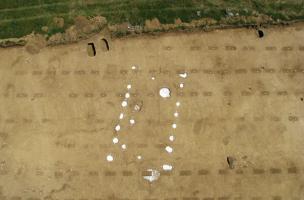You are here
A Gallo-Roman vineyard in Gevrey-Chambertin
Gevrey-Chambertin, located 12 km from Dijon, is world famous for its Burgundy wine. Viticulture has been practiced there since the Gallo-Roman period.
This conclusion was reached following excavations by the Institut national de recherches archéologiques préventives (Inrap) in the hamlet of "Au dessus de Bergis". Conducted in collaboration with researchers of the ARTeHIS laboratory (CNRS/Ministry of culture and communication/University of Burgundy), this excavation revealed 316 rectangular pits aligned in 26 rows, which have been interpreted as the remains of a 1st century AD vineyard.
For the Gallo-Roman period, a zone of over 6000 m2 was covered by more than 300 pits aligned in regularly spaced rows and surrounded by a continuous peripheral ditch.
These rectangular pits are 90 to 130 cm long and a little less than 60 cm wide. They are spaced 1 to 1.3 m apart within the same row and the rows are 2.9 to 3 m apart. The pit sections show the empty space left by the trunk and roots of a small shrub. Many of the pits are separated into two compartments by a small column of stones.
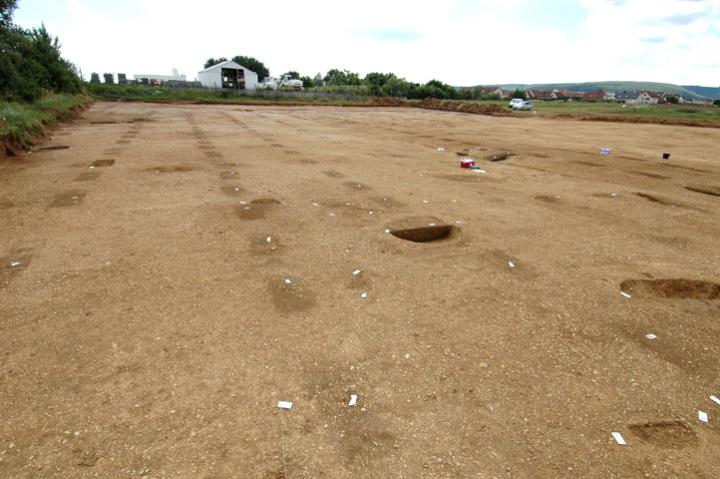
How can we interpret these remains?
How can we date these remains?
The pits at Gevrey-Chambertin are the first traces of Gallo-Roman vineyards discovered in Burgundy. They are associated with numerous archaeological remains of the same period: villas, habitats, mausoleums, and graves in the eastern part of the district and near the site. They confirm the importance, from the Roman period, of grapevines and wine in the region. This was already indicated by numerous representations: a horn of plenty of one of the divinities of the sanctuary of springs of the Seine showing a bunch of grapes, the monument to the wine merchant of Til-Châtel, the funerary stele of a couple of owner-winegrowers of Tart-le-Haut (the man is holding a pruning tool), the god with a cask of Mâlain, etc. These objects are conserved at the archaeology museum of Dijon.
The pits at Gevrey-Chambertin also confirm that the viticulture of this period was practiced on the plain, as it is in other areas, whereas hillsides are preferred today for the production of good wine.

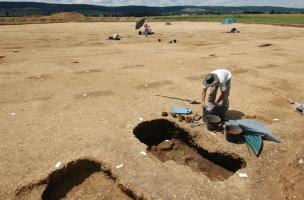
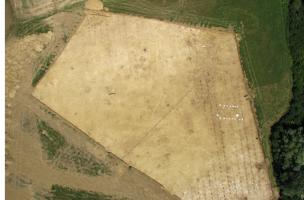
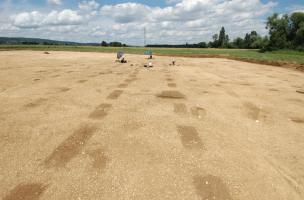
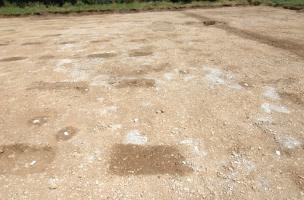
Mahaut Tyrrell
Media communication
Inrap, media partnerships and relations department
+33 (0)1 40 08 80 24
mahaut.tyrrell [at] inrap.fr
Claire Le Poulennec
Press officer
CNRS
+33 (0)1 44 96 49 88
claire.le-poulennec [at] cnrs-dir.fr


